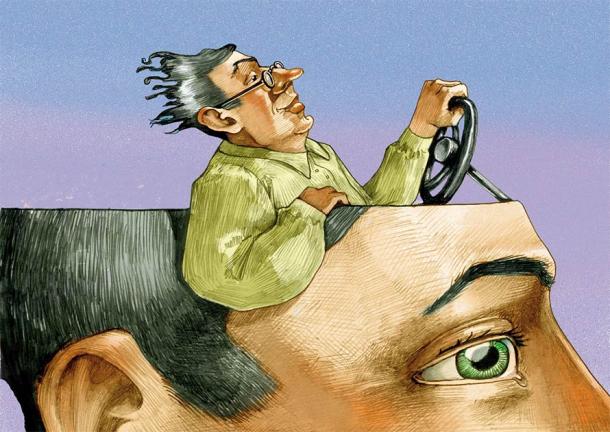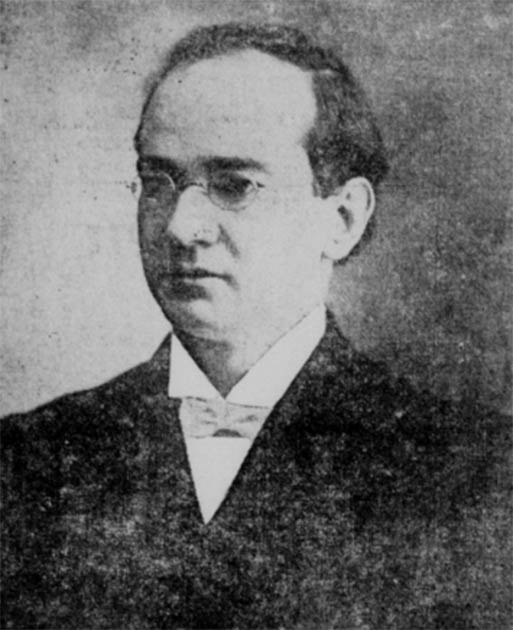The fascinating legacy of the controversial American physician who weighed the human soul and determined dogs don’t have one is an incredible story. And, like in many areas of life, what one believes and one’s beliefs have a huge influence on outcomes. Speculating upon, and fighting over, the existence, functions and restrictions of the human soul, has perhaps altered history more than any other topic since the dawn of time. In ancient Greece Pythagoras believed that the human soul was of divine origin and existed before and after death, while in early forms of Hinduism “the atman” ( “breath,” or “soul”) was the universal, eternal self . However, it wasn’t until 10 April 1901, in Dorchester, Massachusetts, that a physician believed so deeply in the existence of the human soul that he attempted to weigh it. This belief resulted in Dr. Duncan MacDougall’s “21 Grams Theory.”
The Mystery Of The 21 Vanishing Grams
In most religious, mystical, philosophical and mythological systems the human soul was looked on as the essence of a living being. The soul, or “ psyche,” formed a person’s thinking and perception of reality, therefore molding the character, feelings and consciousness of each and every individual human being.

In ancient beliefs, the human soul or psyche formed a person’s thinking and perception of reality, and also controlled our daily actions. (nuvolanevicata / Adobe Stock )
The 21 grams experiment refers to a scientific study published in 1907 by Dr. Duncan MacDougall, a physician from Haverhill, Massachusetts. He weighed six dead bodies before and after death to determine any differences and the results were published in a 1907 edition of the Journal of the American Society for Psychical Research . The results of this experiment, which was witnessed and qualified by four other medical doctors, were truly amazing.
According to the journal article, when Dr. MacDougall measured the weight of his first patient prior to his death “the beam end dropped with an audible stroke hitting against the lower limiting bar and remaining there with no rebound. The loss was ascertained to be three-fourths of an ounce.” Had this apparently mad scientist actually measured the human soul leaving the body?
The team of scientists were shocked when the second patient yielded the same results, and in a March 11, 1907 New York Times article the doctor was quoted as saying “The instant life ceased the opposite scale pan fell with a suddenness that was astonishing – as if something had been suddenly lifted from the body. Immediately all the usual deductions were made for physical loss of weight, and it was discovered that there was still a full ounce of weight unaccounted for.” And with the average weight loss of each person measuring at ¾ of an ounce, Dr. MacDougall concluded that a human soul weighed, on average, 21 grams (0.74 ounces).

The belief in the human soul is almost timeless, even if it has no weight at all. (Sergey Nivens / Adobe Stock )
How The American Soul Hunter’s Experiment Fell Apart
Seldom do teams of scientists press the go button on an experiment until every potential variable has been taken into account, and so was the case in 1907 when the researchers calculated estimates for how much air was trapped in a dead body’s lungs and how much bodily fluid each person held. However, the 21-gram disparity could not be explained, scientifically.
During the experiment things didn’t go according to plan and two sets of results (a third of the sample size) were disregarded after mechanical failure . While measuring the third patient, it was found that he maintained the same weight immediately upon death as before, then he lost about an ounce of weight a minute later. Dr. MacDougall believed this discrepancy occurred because the patient was “a phlegmatic man slow of thought and action,” and that his soul was suspended in the body for a minute after death.
Insisting that human souls weigh 21 grams, Dr. MacDougall repeated the same morbid experiment on 15 dogs. When the results showed no change in their before and after death-weights, Dr. MacDougall concluded that this was hard evidence that only humans had souls. To prove this, he turned his attention to developing photographic techniques , for it was his new goal to visually capture the soul leaving the human body upon death, an ambitious task that he ultimately failed to achieve before he passed away in 1920.
There’s No Room For Science In Beliefs
According to psychologist Bruce Hood in his 2009 book, Supersense: From Superstition to Religion – The Brain Science of Belief , “MacDougall’s experiment has been rejected by the scientific community ,” and he has been accused of “both flawed methods and outright fraud in obtaining his results.” Back in 1907, physician Augustus P. Clarke was the harshest critic of MacDougall’s theory, experiment, and results.
In the May issue of American Medicine he argued that upon death the lungs stop cooling the blood and this causes a sudden rise in body temperature, therefore sweating accounted for Dr. MacDougall ’s missing 21 grams. And furthermore, according to Richard Wiseman’s 2011 book, Paranormality: Why We see What Isn’t There , Dr. Clarke also pointed out that dogs “don’t have sweat glands,” accounting for why the 15 dogs didn’t lose weight after death.

Dr. Duncan MacDougall believed the human soul could be measured, both in weight and leaving the body. He was wrong about the weight but soul’s leaving bodies is still a very common belief, worldwide. ( Public domain )
Bruce Hood also wrote that because the weight loss “was not reliable or replicable, MacDougall ’s findings were unscientific.” In 2003, a Snopes article said credence should “not be given to the idea” and leaned on the harsh fact that Dr. MacDougall likely “poisoned and killed fifteen healthy dogs in an attempt to support his research.”
Today, however, while no team of researchers would ever be permitted to conduct such an experiment, the idea of the soul has certainly not gone away. Modern beliefs directly oppose the beliefs of Dr. MacDougall, claiming dogs do indeed have souls. According to a Boston Terrier Network article “once a dog bonds to a human, its soul attaches to the human’s soul and upon death, goes where the human soul goes, but dogs don’t have an immortal soul in the same sense as a human does.” And expanding on this belief, Catholic.com say “Animal and vegetable souls are dependent entirely on matter for their operation and being. They cease to exist at death.
So, there were have it folks, the answer to life’s deepest questions about the soul are out there, but only if you believe . . .
Top image: The journey of life in many ancient beliefs and religions is also the journey of the human soul. Source: rolffimages / Adobe Stock
By Ashley Cowie
 RSS Feed
RSS Feed















 September 24th, 2020
September 24th, 2020  Awake Goy
Awake Goy  Posted in
Posted in  Tags:
Tags: 













